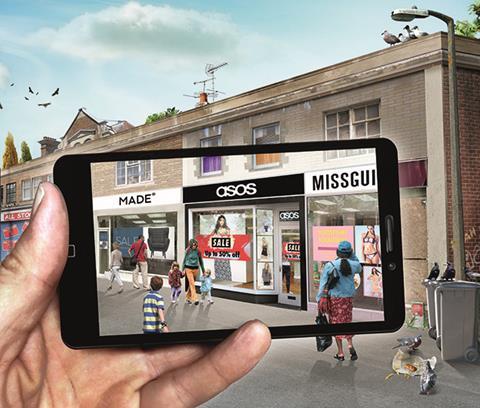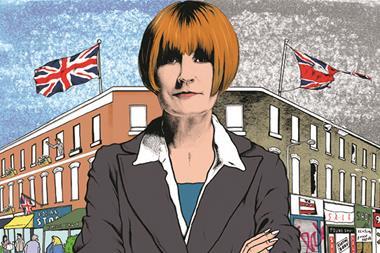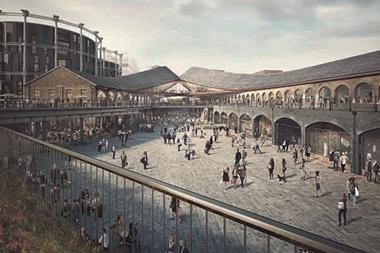Today the Great British high street is a pale shadow of its former self.

Once it was the hub of the community; a place where butchers in red and white striped aprons knew their customers by name and wrapped their products in brown paper and string. Not anymore. The lure of supermarkets and regional shopping centres has seen to that over the past few decades, drawing people out of town and forcing high streets into decline.
The in-town/out-of-town debate rages on, but what it tends to overlook is consumers’ insatiable appetite for convenience; they want the best of both worlds.
But change is afoot. In a bid to compete with its competitors, the high street is undergoing something of a revolution - it is going back to the future. Harking back to days past with rose-tinted spectacles might seem twee, but provenance and shopkeeping values of old are making a comeback.

Retailers are looking to strike a balance between the old and the new - the personalised customer experience that Mrs Brown might have got from her butcher in 1959 combined with convenience, a modern food and beverage and leisure offer and immersive technologies that appeal to the digitally savvy consumer.
Much maligned though she was at the time, Mary Portas effectively put the issue centre stage when she published the government-commissioned Portas Review five years ago. Neither her recommendations nor the paltry £100,000 grant offered to the Portas Pilots were groundbreaking, but what they did do was to encourage the government, local authorities, landlords, lobbyists and community groups to do more to enliven high streets and to protect them from further demise.
Happily, many have been successful. The high street is dead. Long live the high street.
Mia Hunt is Property Week’s market reports editor





























No comments yet